A lot of people are surprised to hear that I'm a credit counselor who has filed for bankruptcy in the past. Yep, My name is Netiva and I filed for bankruptcy and I am not ashamed. It is because of my journey from having super bad spending habits and super bad credit to developing good spending habits and good credit that I have gotten into the personal finance industry. Financial illiteracy is expensive and stressful!
Now, I didn't file for bankruptcy right away, I literally tried EVERYTHING prior to making the decision; it was truly my last resort. I had already paid off my credit cards from my immature younger 20's, was making a great income, and had started to invest in real estate. And then the recession happened. My income dropped significantly in 2007 and even more in 2008. And then I was diagnosed with cancer. Three months later I found out I was pregnant. Three months after that, the insurance I thought was pretty good did not cover some of my medical expenses and most of my labor and delivery were not covered as well. Five months after having my son, I had to go back into surgery to remove cancer. I have to admit, the entire ordeal was so stressful that I didn't even look at the medical bill statements. I didn't qualify for some of the low-income assistance offered by the hospital and by the time I finally submitted my pride and humbled myself enough to go down to the local Department of Human Services office only a fraction of my expenses were covered.
I don't know how you guys felt post-pregnancy but I was seriously drained – physically, emotionally – answering collectors call about some past-due medical bills was the last thing I wanted to do. I made small payments when I could, put payments on my credit cards when funds were tight, and when there were no more cards to charge and no more money to send, I ignored them. I didn't have five figures sitting in the bank to give them so what was there left to talk about?. So….they sued me! And I sought protection under bankruptcy.
Okay, you have my story! Now, let me tell you how I got back to the 700s in 18 months
Rebuilding After Bankruptcy: “Credit Come Back” Tips
Everyone's situation is different both before and after bankruptcy so your journey to the 700s may take you a little bit longer or a little bit sooner; the important thing is that you get there.
Step 1:
I pondered on what I could have done differently. I honestly could have relied on the hospital's assistance more, could have gotten my husband, sister, or mom involved to assist me when I was at my wit's end, or stopped being prideful and took my behind down to the Department of Human Services office much sooner.
Step 2:
I created a budget. I no longer wanted to be in this situation again, ego and finances do not belong in the same sentence. I sat down with my husband, took a realistic look at where we were financially, and how we could ensure we were always living within our means (I later switched this to living below our means).
Step 3:
Once I received the discharge notice, I pulled my credit reports. I made sure that everything included in my bankruptcy stated ‘Included In Bankruptcy (IIB)', had a $0 balance, and had a current status; anything that did not meet all 3 criteria I disputed for deletion. This took one dispute letter to Transunion, two to Equifax, and Four to Experian. Ultimately, quite a few things had been deleted or updated by the fourth month of disputing.
Step 4:
I reentered the world of credit. Interestingly enough, two months after my discharge I received pre-approval letters for cars, First Premier Credit Card, Credit One, Fingerhut, and a few merchant credit card accounts. I went with Credit One. The interest rate was high, the annual fee was high, but I took it. If you are rebuilding after a bankruptcy as well, you have the option of going with a secured credit card or waiting for a better card, but… this is what I did :).
Step 5:
I charged no more than 7% of my credit limit on this credit card each month and paid it off in full when I received the statement. Why? Because I only had one card and FICO gives you the most points when you spend less than 10% of your credit limit, my Credit One card charged interest once the charge posts to the account so I didn't want to give them any more money in interest, and I knew they reported the balance to all three credit bureaus a few days after the statement was issued, which is very important. The balance must report in order to provide you with that payment history, which makes up 35% of your score.
Step 6:
Three months after I applied for the Credit One card, I went to my credit union and applied for a Credit Builder loan for $500. (If you're not with a credit union, sign up for one). I paid it off in six months and applied for another one for $1000 immediately afterward.
Step 7:
Six months after I opened my Credit One card (which gave me an increase from $300 to $750); and three months after I applied for my credit builder loan, I applied for a Capital One card for $500. I spent 20% of the credit limit each month, paid in full by the statement date. I kept my Credit One charges to less than 5%. So, I had $1250 in credit via credit cards and collectively used less than 25% of it, paying in full each and every month.
Step 8:
It's now month nine, and I've completed my six-month credit builder loan with the credit union and have applied for another one for $1000.
Step 9:
It's month eleven, Capital One gave me a credit limit increase to $1000. I applied for a Barclay card and was accepted for $750; I canceled my Credit One card prior to another high annual fee hitting this same month.
To recap, I have a Capital One card with a $1000 credit limit; a Barclay card with a $750 credit limit, and a credit builder loan for $1000. I could have kept my Credit One card, however, they would not graduate my account to a card that did not charge interest from the date the transaction posted to my account, so I canceled them. I still kept my charges to Capital One the same (7% of my approved credit limit), except now I left anywhere from $5 -$10 on there to carry over to the next billing cycle. Capital One is pretty good at giving you increases when you leave a small balance over to the next billing cycle. I never carried over more than $10.
Step 10:
Two months later (month thirteen) I applied for a Discover It card and was denied, they gave me another card with a $1300 credit limit and I accepted. My second credit builder loan was done and I applied for another one, unsecured, for $2000.
At fifteen months I had 686, 694, and 690 FICO credit scores.
I selected Barclay as my main card because of the rewards and charged less than 20% per month on it. I paid my quarterly Real Estate Multiple Listing Service bill on my Capital One card and used Discover pretty sparingly. I always made sure that less than 25% of my credit limit reported on my credit report each month on all cards combined NOT for each individual card. I did this for the sole purpose of getting credit card limit increases. If I did not want the increase, I would have kept my charges to below 10% as discussed previously.
At month eighteen I had a $2750 credit limit with Barclay, a $3000 credit limit with Capital One, and an $1800 credit limit with Discover, and was still paying on the $2000 unsecured personal loan with my credit union.
BREAKING IT DOWN

So, why did this work? For one, I knew there was no way on earth I would abuse credit again. I never charged anything that was not in my budget and wasn't going to be paid for anyway, I just merely switch my method of payment from my debit card to my credit card. I did not use my credit as an extension of my income, if I didn't have the cash in my account, I didn't charge it.
I maximized the FICO scoring system. FICO is mostly comprised of 5 parts:
- Payment History – 35%
- Amount Owed – 30%
- Length of Credit – 15%
- New Credit – 10%
- Credit Mix – 10%
I entered the credit world immediately after bankruptcy. If your money mindset isn't right I do not recommend this at all. Only re-enter the world of credit when you have a firm grasp on how to use it properly – as a tool.
I paid on time by the statement date; not the due date. (Payment History)
I made sure to keep my total credit card charges less than 25% collectively. (Amount Owed)
I acquired both Installment Loans (credit union loans) and Revolving Credit (credit cards) (Credit Mix)
At month 18 my FICO scores were 702, 714, 710
I did end up continuing my dispute process and got quite a few negative items removed; including the bankruptcy itself off of two out of three bureaus. I didn't apply for additional credit, I kept my three cards and just updated them to better reward cards over the years and still do unsecured loans from my credit union and peer-to-peer loans to this day to mix my credit up a bit. I own older cars, took advantage of the latter part of the recession, and purchased my home outright.
As I mentioned previously, everyone's journey is different, some would rather not utilize credit at all; and if that works for you GREAT! For me, this was the quickest and most efficient way for me to get my credit scores into the 700 range. For more help on improving your credit after being discharged from bankruptcy click here. If you'd like assistance repairing your credit after bankruptcy, feel free to schedule a consultation to review a copy of your Credit Monitoring Report here; we'd love to help!
Do you have some tips on how you rebuilt your credit after bankruptcy? I'd love to hear about it!
~ Netiva
First published April 06, 2015, Updated April 18, 2022

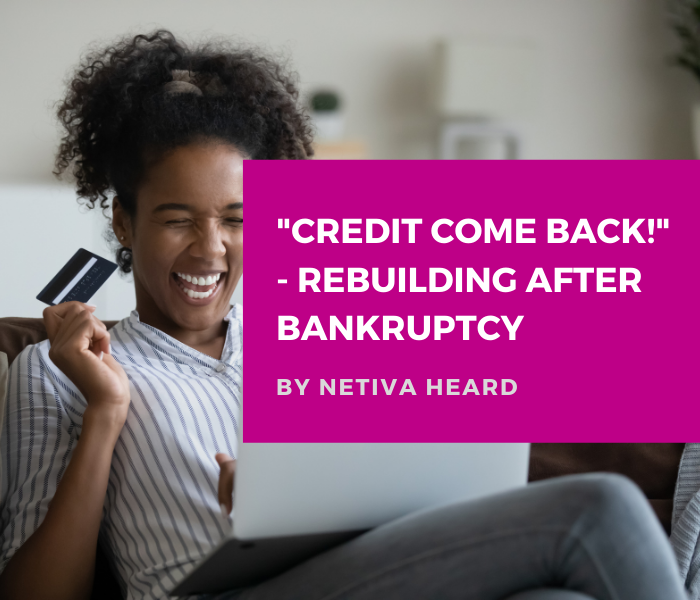

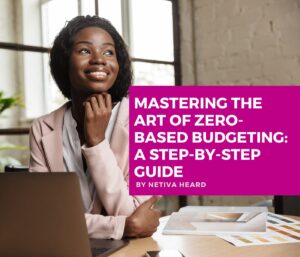

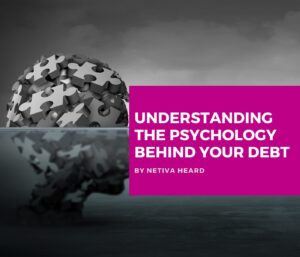
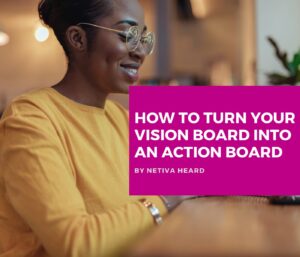
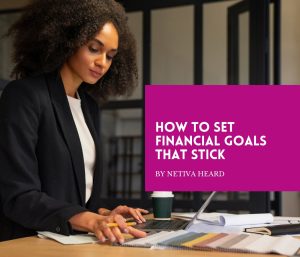
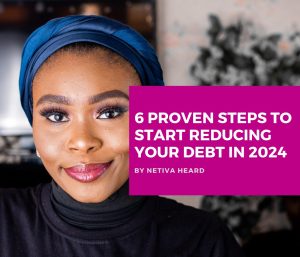

One Response
What about chapter 13. What do you recommend